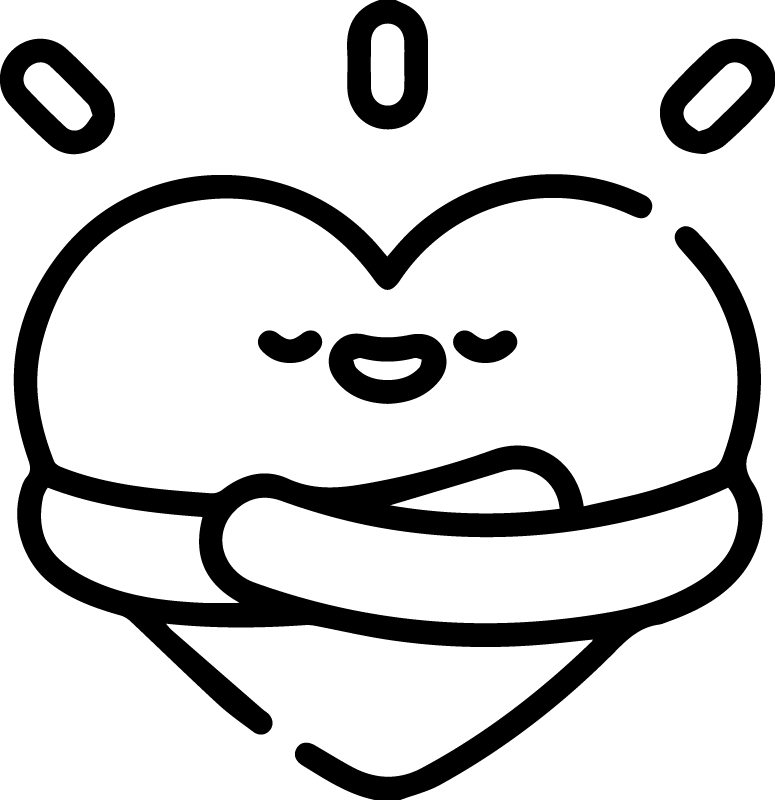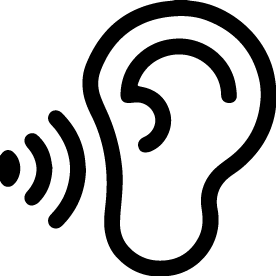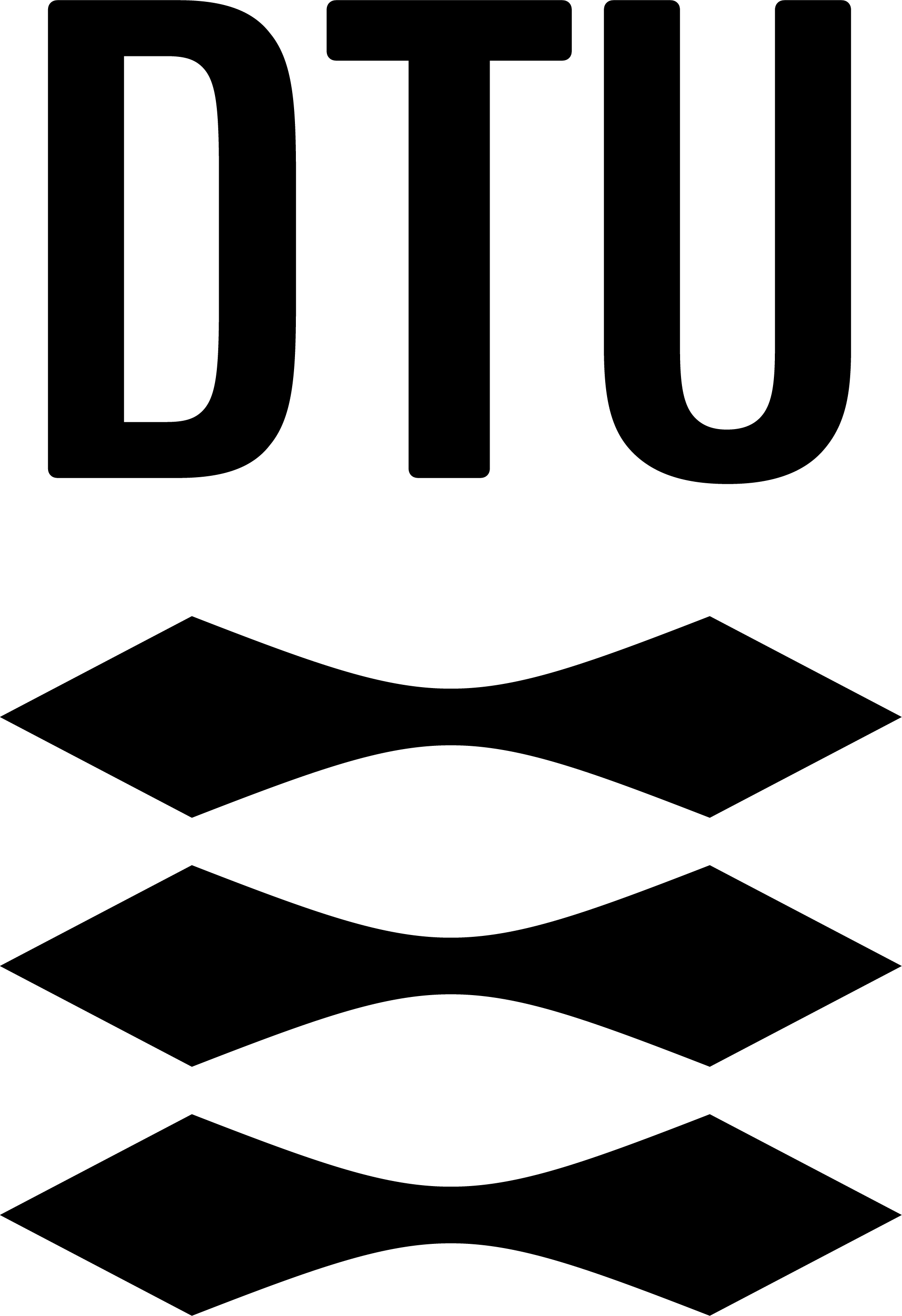Brainwalking Add/remove
Purpose:
The purpose of brainwriting is to create ideas based on the creativity of an entire group, making sure everyone gets their say in the development.
The method makes use of individual brainstorms but builds on each other’s ideas, making for more detailed solutions made from different points of view.
Tips to include participants who are not able to:

Touch

Hold

See

Belong

Focus

Think

Hear
Overview
Input
Base idea, how might we sentence, problem or similar.
Output
More detailed ideas
Complexity
Simple-Moderate
Time
10-30 min
Participants
3-8
Activity
Writing, creative thinking, drawing
Step by step:
Provide a template for each participant and make the participants sit wide apart from each other.
The participants should choose between a problem, idea or ‘how might we’ sentence – these can either be predefined by you or choosen from a previous exercise. Up to you to decide if the participants are working on the same problem or different problems. The problem, idea or HMW sentence should be written on the template.
The participants now have 5 minutes to ideate on the chosen problem, idea or HMW sentence. They should ideate on the template.
After 5 minutes the participants should rotate one seat to the right, which results in them sitting in front of a new template.
The participants are given 3 minutes to further detail/ideate on the problem, idea or HMW sentence that are in front of them.
After 3 minutes make the participants rotate again. Rotate as many times as there are participants. All participants should have worked on all templates at least once.
Let the participants, one by one, present the developed idea on the template to the group.
When doing this method you should consider:
- If your participants are all able to walk let them move to the template instead of making the template come to the participants. Getting blood flowing can increase the energy.
- Make sure all participants can write so it is readable by most participants – big, bold, high contrast etc.
- the more information on the template the less people will add to it.
Materials needed:
- Templates
- Post-its
- Pens











